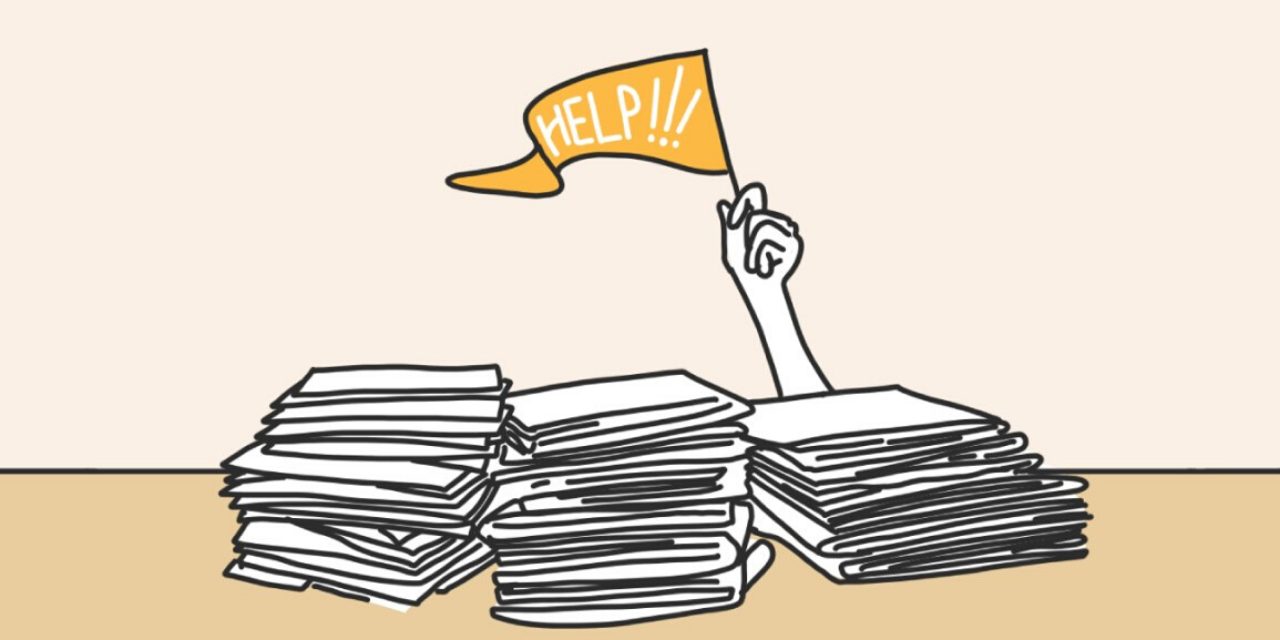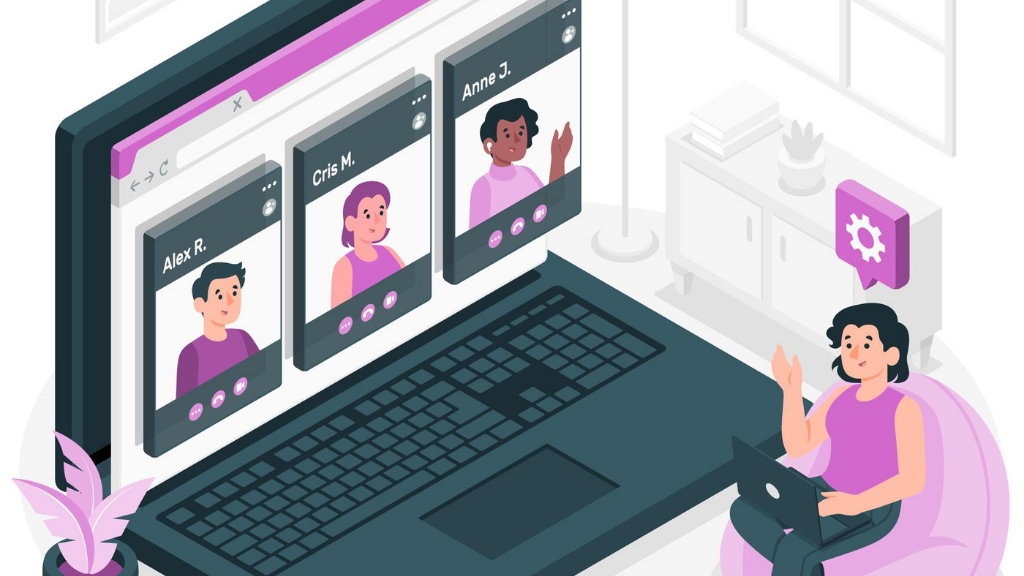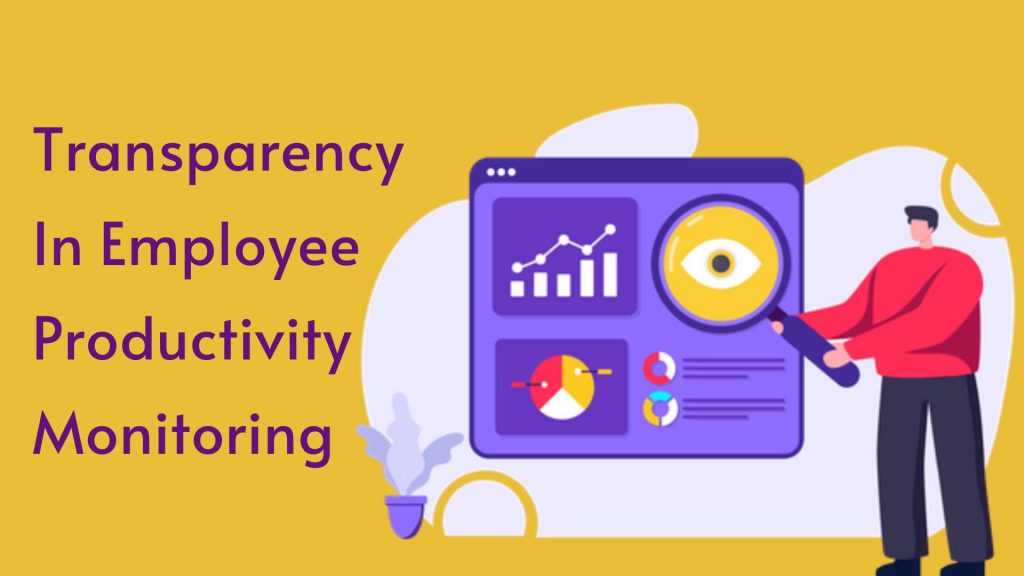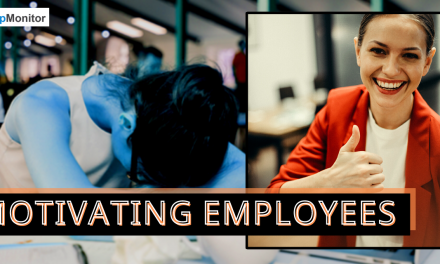Work from home, commonly termed as WFH, was a luxury until about three months back. But we all know how Coronavirus pandemic made it a necessity by pushing us all inside our homes. This transition did seem very seamless at first, with everyone working at the comfort of their rooms, but soon turned out to be a mess. Telecommuting, despite being more productive than the office work, is pretty exhausting and risky.
The risk is evident. When telecommuting, the fine line between your work and personal life starts to fade away. The employees commencing WFH for the first time, struggle a lot to maintain this work-life balance. They feel like working day in and day out to channel their productivity in a cozy environment. The afternoons start blending with the evenings, people lose track of their working schedule, skip their dinners, and whatnot!
Employees, unintentionally, make their work life harder by performing official tasks in non-working hours, for instance, sending or receiving emails. They usually underestimate the type of pressure they create in the receivers’ minds to read and respond to the mail right away.
COVID-19 may increase this pressure with the WFH compulsion. Even the employees who are willing to compartmentalize their personal and professional life will struggle in doing so at their homes. There will be additional burdens like distractions, laziness, household chores, etc. that are going to pile up your work.
So how can the telecommuters make sure that their personal life stays away from their work-life? How can we leave our work at the door when we are not even stepping out of the door? Below, I have listed three tips that will assist the employees in framing a healthy working schedule at their homes:
#1 Focus on urgency and importance of your work:
Employees feel compelled to showcase their productivity when working remotely. As a result, they prioritize the tasks that are more urgent instead of the ones that are of more importance. Now it might be temporarily beneficial, but it actually stacks your pending tasks in the long run. You cannot afford to do so, as this is not the time for busy workers but productive workers instead.
Working throughout the day is not the answer. Any average worker doesn’t stay productive throughout the day. Try to finish your work during this time. Your work priority should go as follows:
1. More important, urgent.
2. Less important, urgent.
3. More important, less urgent.
4. Less important, less urgent.
Your productivity ebbs and flows throughout the day. Schedule the most time-consuming and tedious tasks for the hours when you feel the most creative. DO NOT try to squeeze yourself for the whole day, or you might end up losing all of your productivity in the first week of telecommuting itself.
Employees who stay active throughout the day feel more burned out during WFH as compared to their office days. Taking out time to check emails during lunch, day-offs, or by pausing a movie is very detrimental and rather counterproductive. You need to find some non-working time when you can sit back and relax.
BTW, Here is your
Employee Attendance Tracking Guide For 2020
#2 Physical and Social Indicators
When going to work, we develop a lot of physical and social indicators around us- putting on different clothes, the morning commute, talking to your colleagues, etc. It creates a pseudo barrier in our mind that assists us to transition into the work mode. Employees tend to lose this boundary when working from their bedrooms.
A majority of us start working as soon as we get off our beds (and take a shower during the lunch break. I know). This change might feel good in the beginning; you don’t have to change your pajamas after all. But then you get used to this routine, start having meals on the desk, forget that you exist among three-dimensional beings, and everything seems to take a U-turn.
Don’t abandon these habits altogether. You really need to go to work in order to start working. It’s not very difficult. Get up a bit early, go for a walk on your terrace, take a shower (or maybe just put on some new clothes), comb your hair, have a glass of milk. In short, GET READY TO WORK! Trust me, it works.
You can also use employee monitoring tools in case you are interested in knowing how focused your employees are at their homes. EmpMonitor is one of the best tools available in the market that lets you do so with timely screenshots, keystroke records, user logs, and similar features.
#3 Maintain Boundaries
How would you start working on a new project when your sibling plans to party at home quarantine? Exactly, my point. You need to create boundaries between you and your family, or else you will end up yelling at everyone disturbing you, but would still struggle with your work pace.
However, one cannot run away from all the responsibilities when staying at home. From childcare and parenting to gardening and even walking your dog, we have responsibilities that we cannot avoid. The solution is not to sit on the couch for the whole day. You need to segment your day according to your work life and personal life.
Have a separate place for your home office, take clear breaks and save some tasks that you can perform during those breaks. Log out of your social media accounts, keep your phone aside, leave no means of disturbance or interference around. Ask your family members/roommates to never disturb you while you work. Maintaining this distance is as crucial as social distancing in this quarantine phase. (Lame. I know)
Also Read,
Cyber Security Management During Covid-19 Pandemic
How To Motivate Your Team Even Though They Are Working Remotely
Understanding Telecommuting: 15 Productive Things To Do When Working From Home This Quarantine
Get Ready to Work From Home
Hola people! Here we are, at the end of our discussion. Above I have mentioned some of the best tips to help you out with your WFH schedule. And I am very sure my recommendations will help you maintain your productivity throughout the day and avoid any form of burnout in the long run. Sticking to a 9 to 5 plan is, indeed, difficult when telecommuting. But you can make it work for you if you follow some tried and tested tips mentioned above.
Was this article helpful? Do you have any queries? Do not forget to drop them in the comments below. I would love to hear from you!












